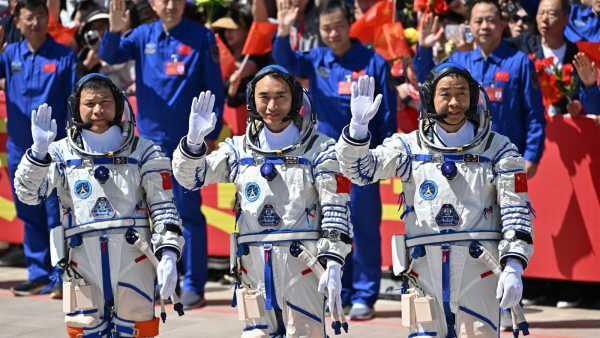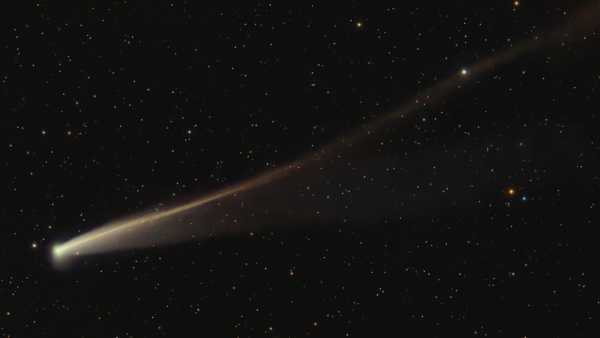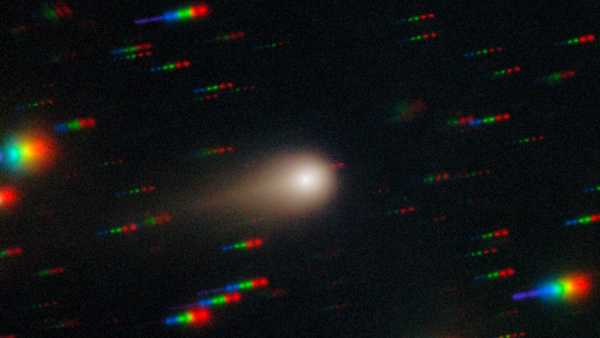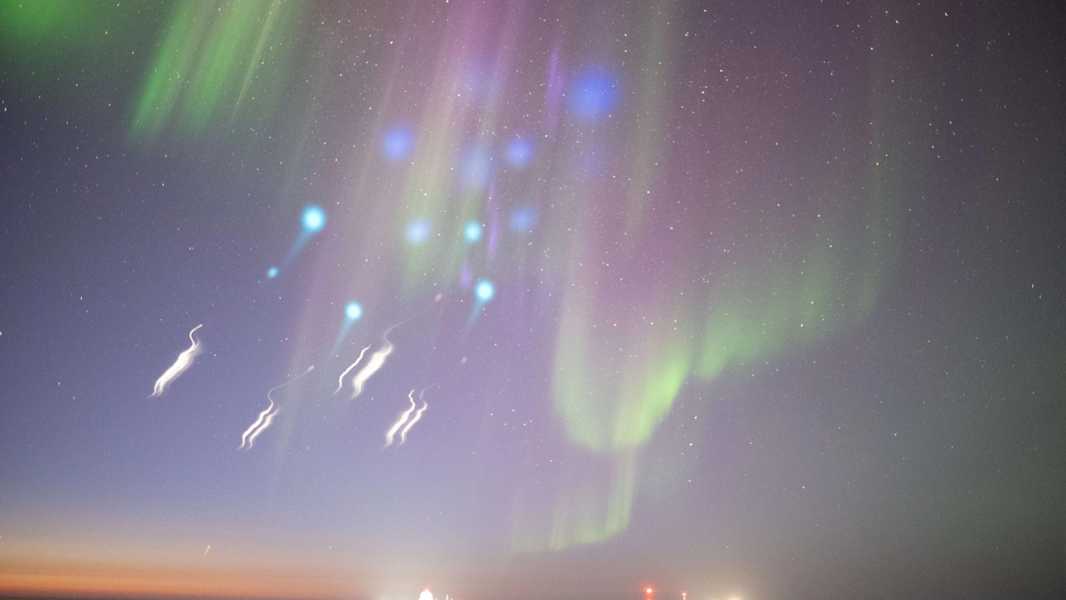
(Image credit: AWESOME Mission)
Last week, NASA launched two rockets into the auroral region over Alaska to study the effects of these geomagnetic light phenomena on the Earth's upper atmosphere. The results were impressive.
The experiment, called Aurora Waves Excited by Substorm Onset Magnetic Events (AWESOME), is being conducted by researchers at the University of Alaska Fairbanks (UAF). Two of three planned sounding rockets were launched from the Poker Flat Research Range north of Fairbanks, Alaska, early on the morning of March 25.
As the rockets flew through the auroras, they released clouds of gas called vapor tracers, which created bright light shows visible across much of northern Alaska. The movement of these vapor tracers can be recorded and studied from the ground, allowing measurements of atmospheric winds and flows of charged particles in the upper atmosphere and ionosphere, according to NASA.
“I am very excited that we were able to create conditions that allowed us to launch and conduct the experiment,” said Marc Conde, a senior scientist at the Geophysical Institute and a professor of space physics at UAF, in a statement. “I am absolutely thrilled.”
The first sounding rocket launched as part of the experiment was a 42-foot Terrier-Improved Malemute rocket.
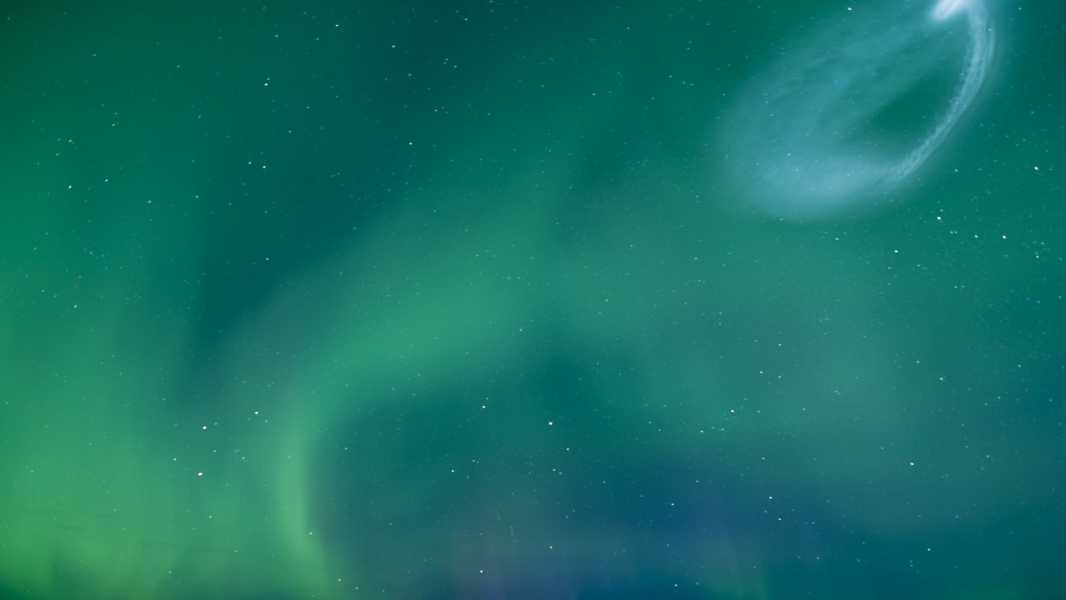
A NASA sounding rocket releases vapor tracers into the aurorae sparkling above the Poker Flat Research Range in Alaska, March 25, 2025.
Immediately after, a 70-foot, four-stage Black Brant XII rocket was launched. Sounding rockets released vapor tracers and pressure sensors at various altitudes across central and northern Alaska during a sudden auroral substorm—a sudden, brief, and explosive intensification or brightening of the aurora borealis. The Malemute rocket also recorded magnetic disturbances caused by the aurora.
The small, free-floating devices released by the experiment will help assess how the energy and momentum added to Earth’s middle and lower thermosphere by auroral substorms can affect its stability. Understanding the interactions between Earth’s upper atmosphere and auroras — the result of charged particles from the Sun interacting with Earth’s magnetic field and atmosphere — could in turn help improve space weather forecasting.
Sourse: www.livescience.com


